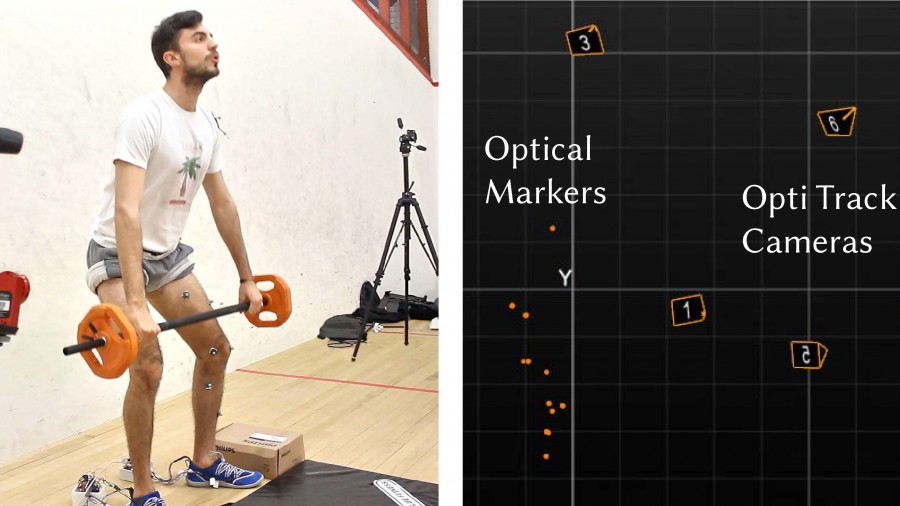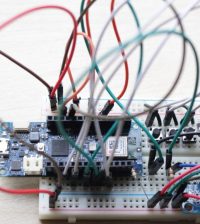- How to Adjust X and Y Axis Scale in Arduino Serial Plotter (No Extra Software Needed)Posted 7 months ago
- Elettronici Entusiasti: Inspiring Makers at Maker Faire Rome 2024Posted 7 months ago
- makeITcircular 2024 content launched – Part of Maker Faire Rome 2024Posted 9 months ago
- Application For Maker Faire Rome 2024: Deadline June 20thPosted 11 months ago
- Building a 3D Digital Clock with ArduinoPosted 1 year ago
- Creating a controller for Minecraft with realistic body movements using ArduinoPosted 1 year ago
- Snowflake with ArduinoPosted 1 year ago
- Holographic Christmas TreePosted 1 year ago
- Segstick: Build Your Own Self-Balancing Vehicle in Just 2 Days with ArduinoPosted 1 year ago
- ZSWatch: An Open-Source Smartwatch Project Based on the Zephyr Operating SystemPosted 1 year ago
Gymsoles Enables a Correct Posture During Your Workout

University of Auckland’s Augmented Human Lab have prototyped a wearable system called GymSoles to help you to improve your workout by monitoring and correcting your form.
“GymSoles enables a correct execution of exercises, such as squats and dead-lifts by solely providing feedback on the Centre of Pressure (CoP). We developed a prototype consisting of a pressure sensitive insole used to calculate the CoP and attached vibration motors to the shoe that visualize the CoP in a haptic way. GymSoles was evaluated with 13 users in a gym. The results show a significantly improved body posture for both exercises, as the effect was clearer for beginners. GymSoles was submitted and accepted at the CHI Conference on Human Factors in Computing Systems Proceedings (CHI 2019) and will be presented in this year in May in Scotland. CHI is a premium venue for late-breaking research on Human-Computer Interaction.”
GymSoles consists of a pressure-sensitive insole that is used to determine a foot’s center of pressure, and thus infer whether or not the participant is keeping the weights in the proper position relative to his or her body—perfect for exercises like squats and deadlifts.
An Arduino Uno with motor drivers and an I2C multiplexer monitors the pressure-sensitive mat to determine where the wearer’s center of pressure is, and the system checks to see if that pressure point is where it should be throughout the lift. If it isn’t, then the user is given feedback on how to adjust, either through haptic feedback using the vibration motors or visual feedback on a monitor.















